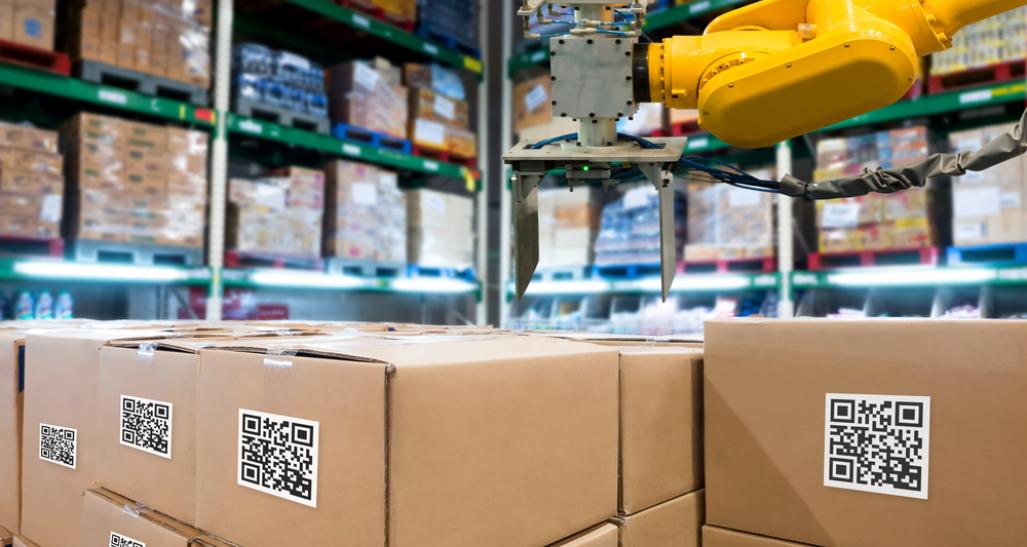
Supply chain disruptions have been making news for weeks, with many wondering what the impact will be for retailers and the 2021 holiday season. Will there be products on store shelves or available online when consumers want them? Should consumers start shopping early? Will there be a Black Friday or Cyber Monday? Will the disruptions lead to higher prices for consumers?
These are certainly the right questions to ask. While supply chain disruptions happen all the time, we have never seen the degree and duration we are witnessing today. Throughout the pandemic, the supply chain has been stressed with demand far outpacing supply. That applies not just to finished retail merchandise but also the inputs and raw materials needed by domestic manufacturers to produce their products.
And there are shortages of labor, equipment, and ship, rail and truck capacity to move merchandise, goods and materials through the supply chain. Many of the operational challenges facing our ports and other parts of the supply chain existed well before the pandemic, but COVID-19 has brought these issues to the forefront and further exacerbated an already complex system.
Despite these challenges, retailers are working around the clock to ensure that products will be available for the holidays. With consumer demand remaining strong, NRF expects another record-setting holiday season with sales forecast to grow between 8.5 percent and 10.5 percent over 2020. That is certainly good news for retailers, many of which struggled to survive the pandemic, and a clear sign that the economy is continuing to recover.
But amid the supply chain challenges, many retailers are encouraging consumers to begin their holiday shopping early this year. Consumers seem to be getting the message, with a record number (49 percent) starting before November and more than one-third saying they did so because they don’t want to miss out on key holiday items.
Retailers have been bringing in merchandise for months and are confident they have enough inventory on hand to meet demand — as long as shoppers are flexible. As NRF President and CEO Matthew Shay said on our holiday forecast call with reporters, those “who started early and have a gameplan are going to get exactly what they want” while others “won’t go home empty-handed.”
The obvious question is what can be done about the disruption issues, and many ask what the government can do to “fix” the problem. Unfortunately, there is no easy solution for the disruptions, which experts agree will continue through the first half of 2022.
It seems as if every segment of the supply chain is facing a challenge, which in turn impacts the other segments of the chain. There continue to be production shortages overseas because of labor and capacity issues. There is a shortage of empty containers overseas as well as vessel space. There are ongoing port congestion issues, specifically at the Ports of Los Angeles and Long Beach, which account for 40 percent of U.S. imports and where over 70 ships are waiting to berth and unload thousands of containers at already full terminals.
Those terminals are full because retailers and other cargo owners are not able to get their containers. Part of that is because of a lack of chassis to carry the containers, a nationwide shortage of truck drivers and difficulty with returning empty containers. Retailers also have challenges with full warehouses and labor shortages of their own.
The administration is certainly paying attention and trying to figure out what it can do, as evidenced by the appointment of a port envoy and a White House supply chain summit where NRF shared retailers’ concerns about the ongoing challenges. The administration needs to continue to bring stakeholders to the table to develop creative solutions that will not only address today’s disruptions but focus on creating a truly 21st century global supply chain.
Explore more of the latest insights and developments in the retail industry supply chain.
Physical infrastructure investment is key, but we need to focus on information technology investment as well. We need to create a national freight data portal that allows stakeholders to share information throughout the supply chain. Such a portal would enable partners to better plan and prepare for future disruption events.
In terms of specific legislation, the bipartisan infrastructure bill just passed by Congress will bring long-needed improvements to highways, bridges, ports and other key infrastructure retailers rely on. The bill also includes a pilot program for younger truck drivers that NRF has supported through the DRIVE Safe Act. We now need Congress to pass H.R. 4996, the Ocean Shipping Reform Act of 2021, to address longstanding unfair business practices by ocean carriers and port terminal operators.
There will be many lessons learned throughout the pandemic, especially on supply chain operations. When the pandemic finally subsides and we get back to “normal,” we can’t just return to pre-pandemic operations. Retailers have been evaluating their supply chain operations from end to end and will continue to look at creating more stability and resiliency for the future.


